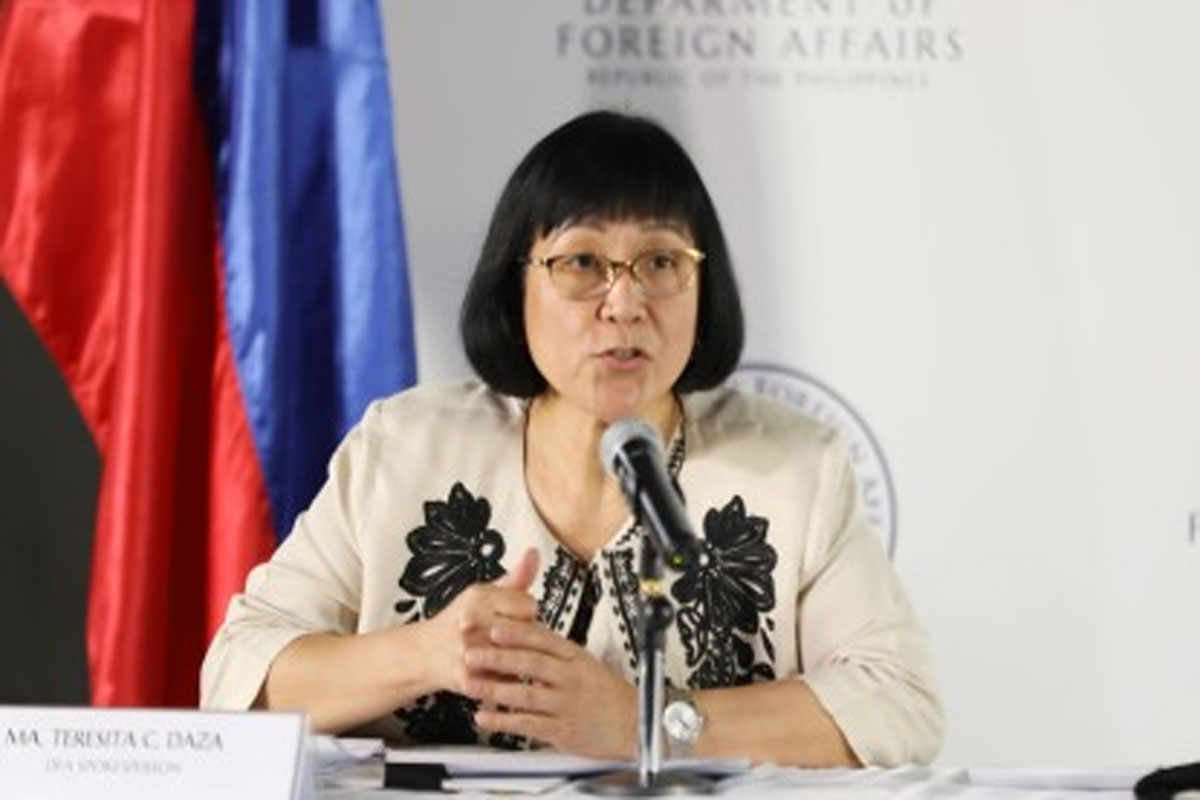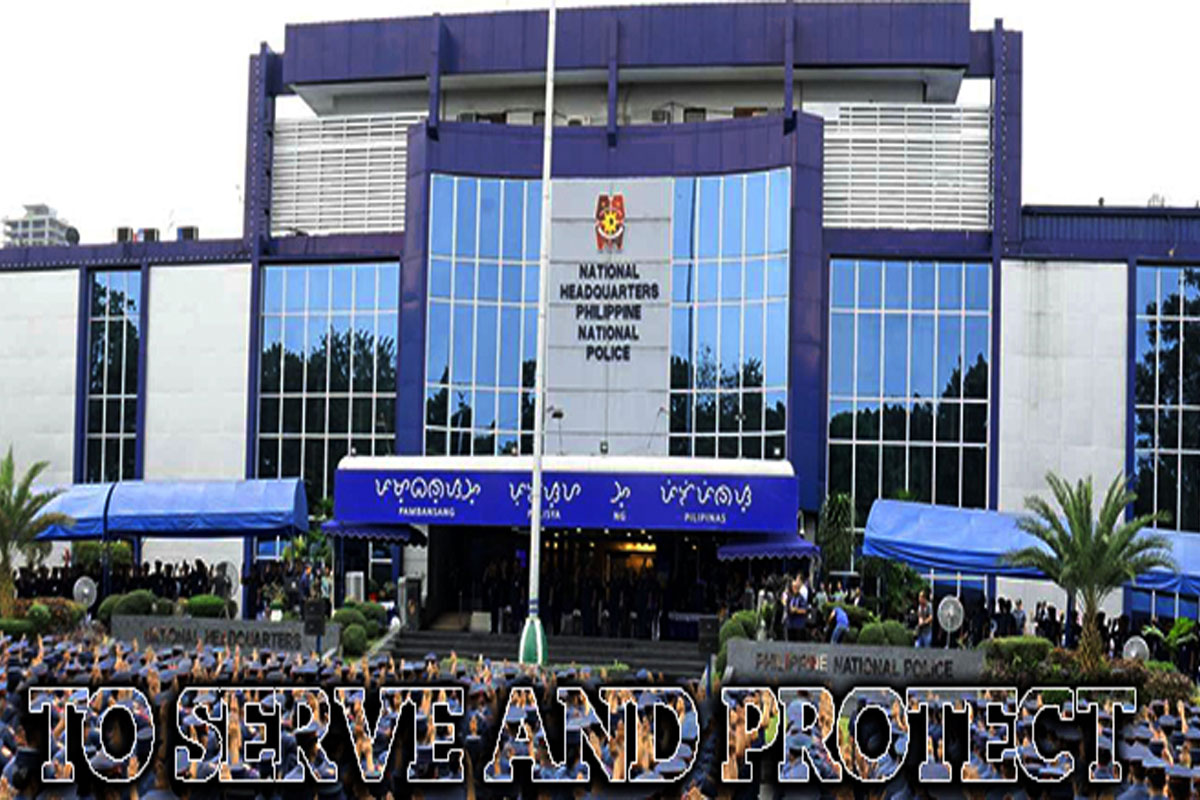
DFA stands by PCG on Chinese ‘laser-pointing’ incident
THE Department of Foreign Affairs (DFA) yesterday stood by the Philippine Coast Guard (PCG) claim that the Chinese Coast Guard (CCG) used a laser pointer against them during a resupply mission to Ayungin Shoal amid China’s “excuse” that it was merely for navigation safety purposes.
“As far as the DFA is concerned, we have no reason to doubt the Philippine Coast Guard’s account of the incident,” Foreign Affairs spokesperson Tess Daza told reporters.
Daza added, “While we agree that we should continue working together, we hope that the Chinese side would reciprocate our efforts and refrain from committing actions that do not in any way positively contribute to our relations.”
On Tuesday, the DFA filed a diplomatic protest against China following an incident on Feb. 6 where a Chinese coast guard ship pointed a “military-grade” laser light at a PCG vessel, resulting in the temporary blindness of the crewmembers of the BRP Malapascua.
The Philippines also condemned the “shadowing, harassment, dangerous maneuvers, and illegal radio challenges” by the Chinese ship.
China has denied accusations saying the CCG used a “range finder” to measure its distance from the Philippine ship.
The Chinese Foreign Ministry on Wednesday denied the Philippines’ accusations saying “it does not reflect the truth.”
“During that process, the China Coast Guard ship used hand-held laser speed detector and hand-held greenlight pointer to measure the distance and speed of the Philippine vessel and signal directions to ensure navigation safety,” Chinese Foreign Ministry spokesman Wang Wenbin at his regular press conference on Wednesday.
“We need to highlight the fact that the China Coast Guard ship did not direct lasers at the Philippine crew, and the hand-held equipment does not inflict damage on anything or anyone on the vessel.”
Ayungin shoal is 105.77 nautical miles from the nearest Philippine province of Palawan and constitutes part of the country’s 200-nautical mile continental shelf as provided under the United Nations Convention on the Law of the Sea (UNCLOS).
But China insists that the shoal, which it calls Ren’sai Reef, is part of China’s Nansha Islands or what the Philippines refers to as the Spratly Islands.
For years, the Philippines, China, Vietnam, Malaysia, Brunei, Taiwan, and China have been locked in territorial disputes in the South China Sea (SCS), a vital sea lane where oil and natural gas have been discovered.
In 2016, the Philippines won in The Hague when it challenged China’s legal basis for its vast claim in the South China Sea.
However, China rejected the ruling, maintaining an “indisputable” and “historical” claim over nearly the entire waters.
In a related development, the United States, Japan, Canada, Australia, Denmark, Germany, and the United Kingdom expressed support for the Philippines and called out China’s latest aggressive actions.
Washington has renewed its commitment to defend the Philippines, a long-time treaty ally, against aggression under an existing defense pact.

















